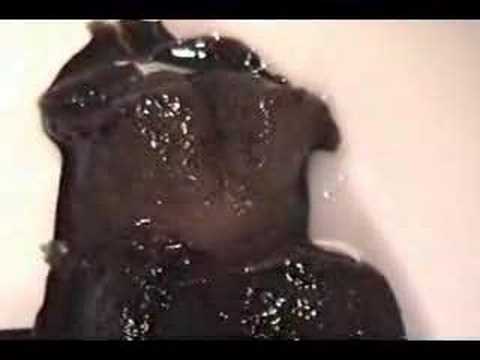At this year’s Winter Conference on Animal Learning and Behavior, I was invited to give the keynote presentation on the relationship between classical and operant conditioning. Using the slides below, I argued that Skinner already had identified a weakness in his paradigm as early as 1934, when he was discussing this relation in the scientific literature at the time. I went on to explain how neuroscientists using invertebrate model systems had since been able to overcome this weakness.
Drawing from evidence in the marine snail Aplysia and the fruit fly Drosophila, I detailed some of the physiological and biochemical mechanisms underlying learning in a ‘pure’ implementation of operant conditioning, without the confounding variable identified by Skinner more than seventy years before. These mechanisms reveal the network, physiological and biochemical differences between forms of learning that are concerned with events in the world around the organism (world-learning), and those that are concerned with events that originate in the organism itself (self-learning).
These two forms of learning, world- and self-learning constitute two fundamental, evolutionary conserved learning mechanisms among a growing inventory of processes involved in memory formation.















